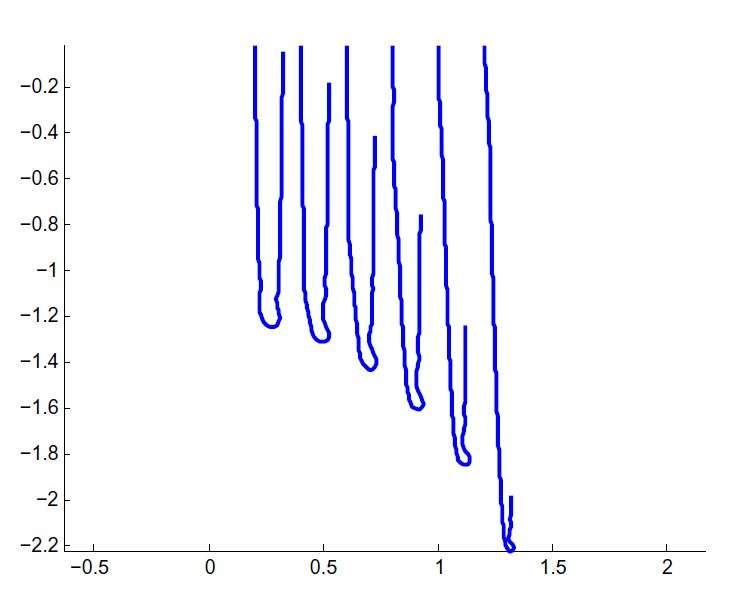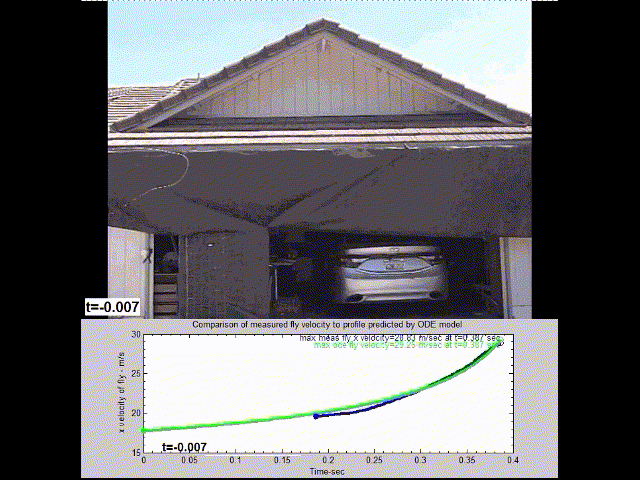I also agree, sterling work by Graeme and Lee here.
James.
Moderator: Torsten
Where is air drag?Energy was dissipated in the taper because the mass of each dot was less than the one preceding it into the loop.
Hope this helps to understand the questioning about the final stage of rollover.The MED is designed with a rather long front taper for smooth turnovers, but with an oversize tip to insure it does turnover at distance.
One taper will deliver a pikefly good, the other will fail if we where to use lighter lines and less velocity (got it as a demo Kit) but would also love to see it with heavier linesGraeme H wrote: ↑Wed Jun 19, 2019 8:57 am G'day Lee,
Can I ask for another experiment please? Can you put both heads on the "right way", duplicate your leaders and tippets, but tie two very different sized "flies" on the ends please? I'd love to see the effect of the drag of the fly on the speed of the cast. Perhaps make one fly a little larger than you'd normally use for those lines and one a bit smaller. Maybe even a second set of casts with a fly that's well oversized for comparison.
Sorry to be a pest, but you have a great setup for doing this very test.
Cheers,
Graeme
Paul,Ok but do we know why it sometimes accelerates and at other times decelerates

I think the physicists would agree if the positive acceleration forces are larger than the negative acceleration forces then the velocity at a given time will increase. If the reverse is true then the velocity will decrease.and is there agreement between the physicists on this point?
